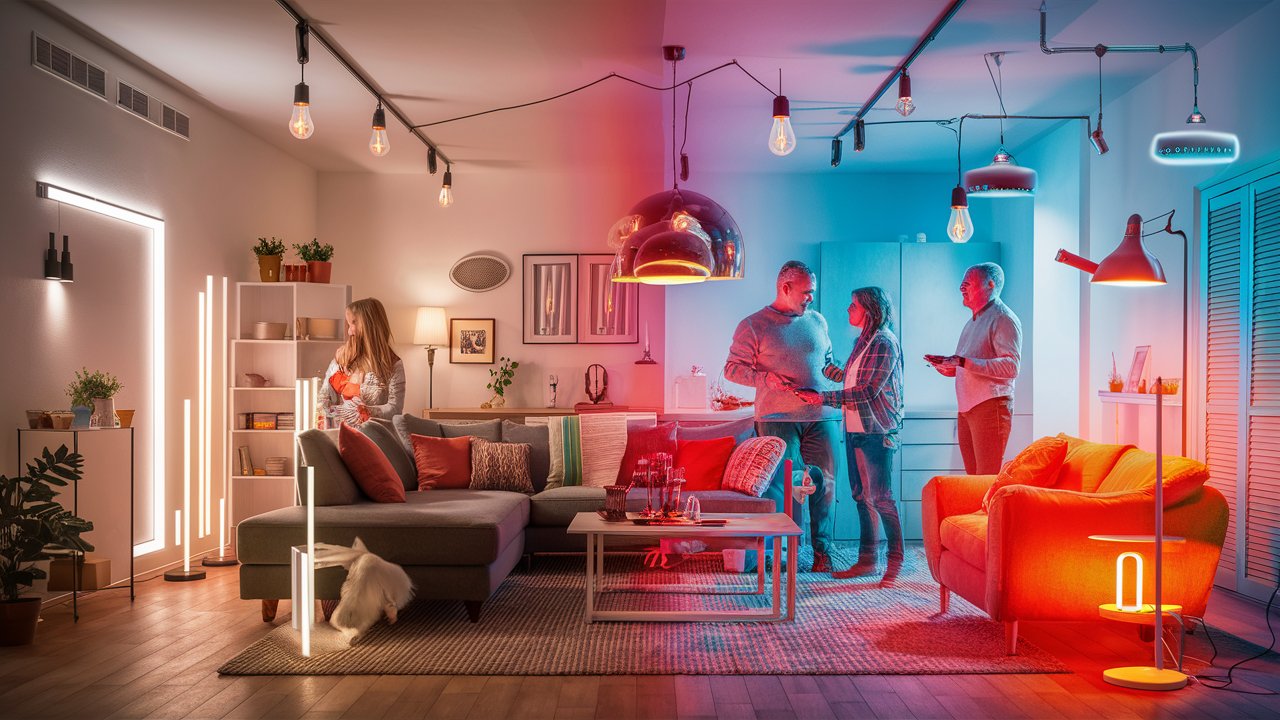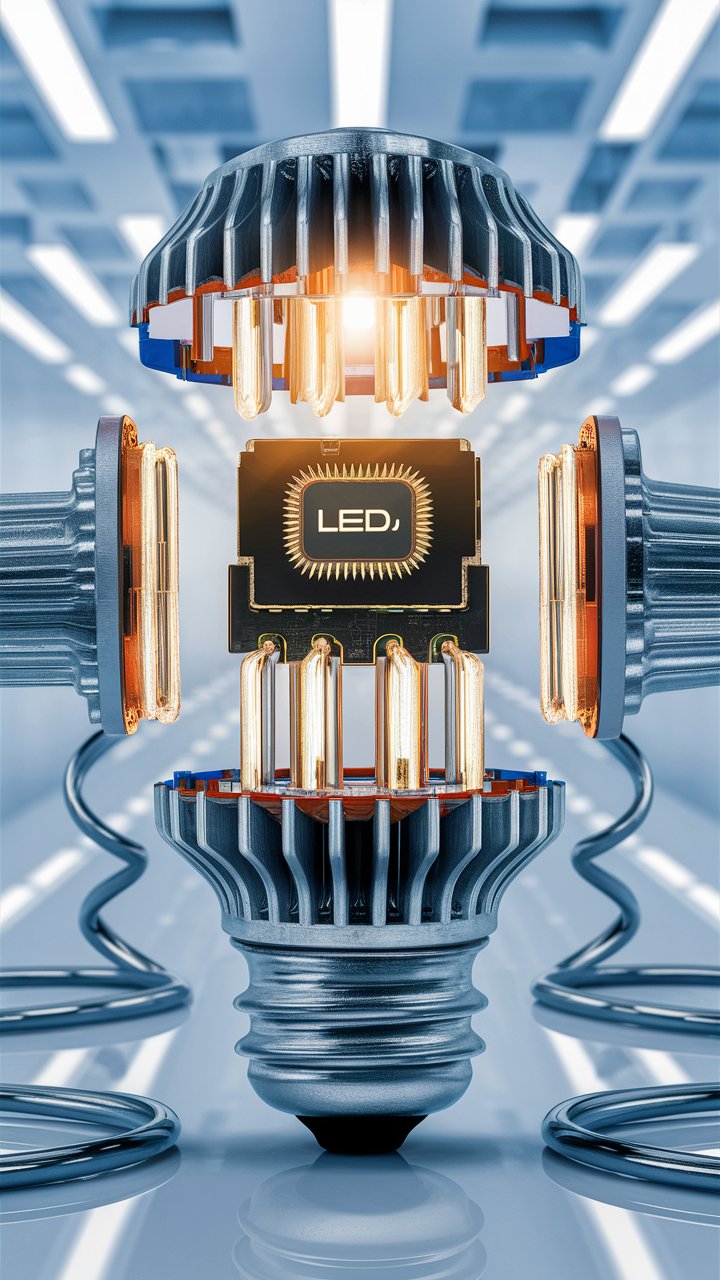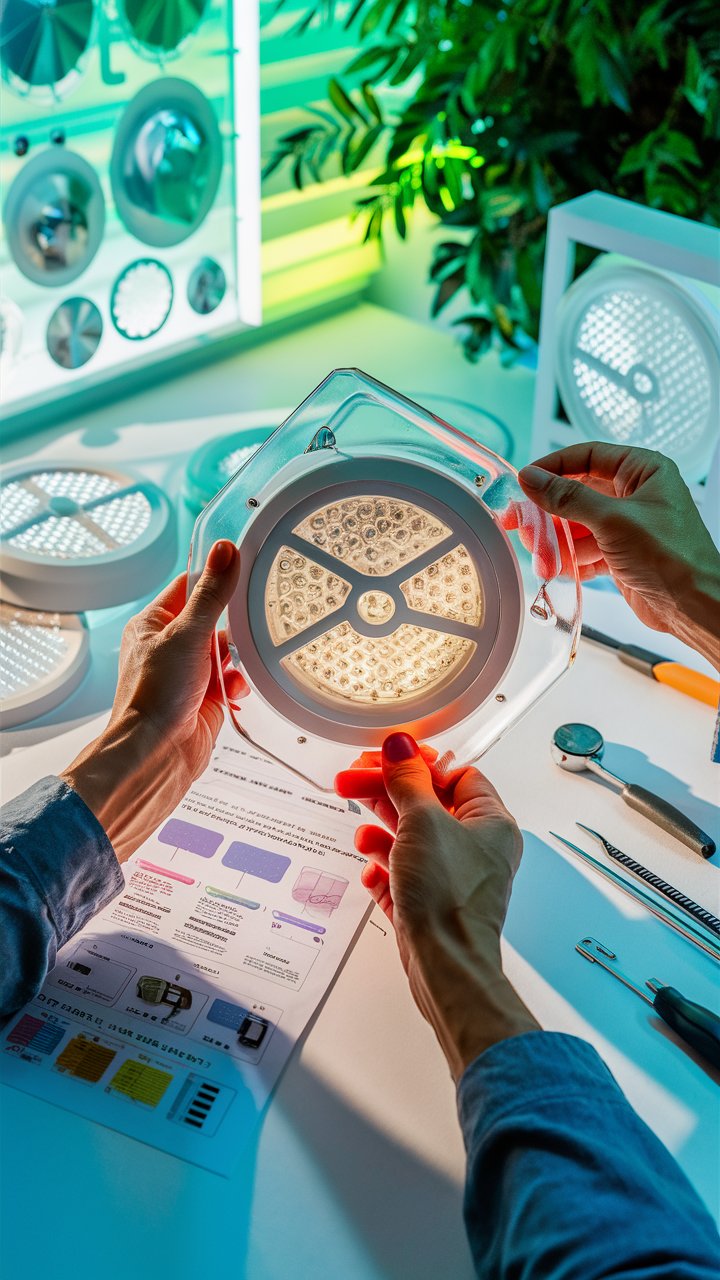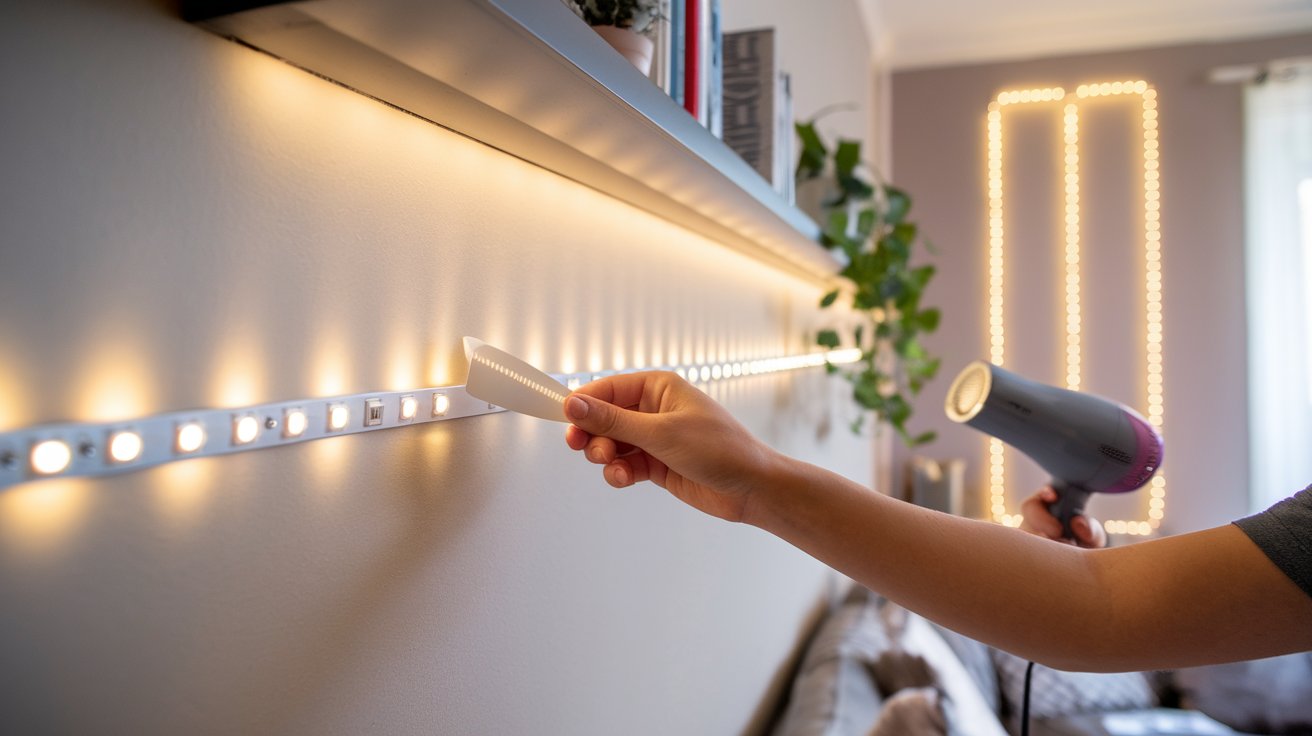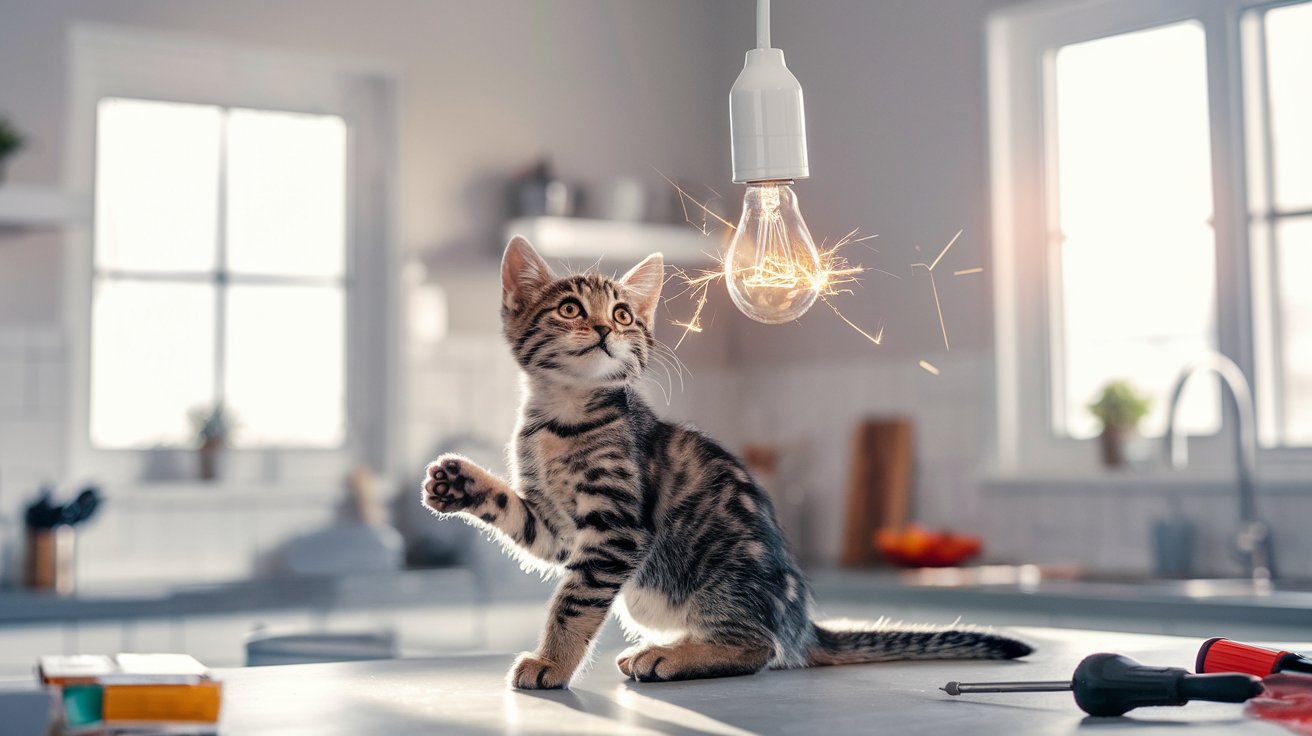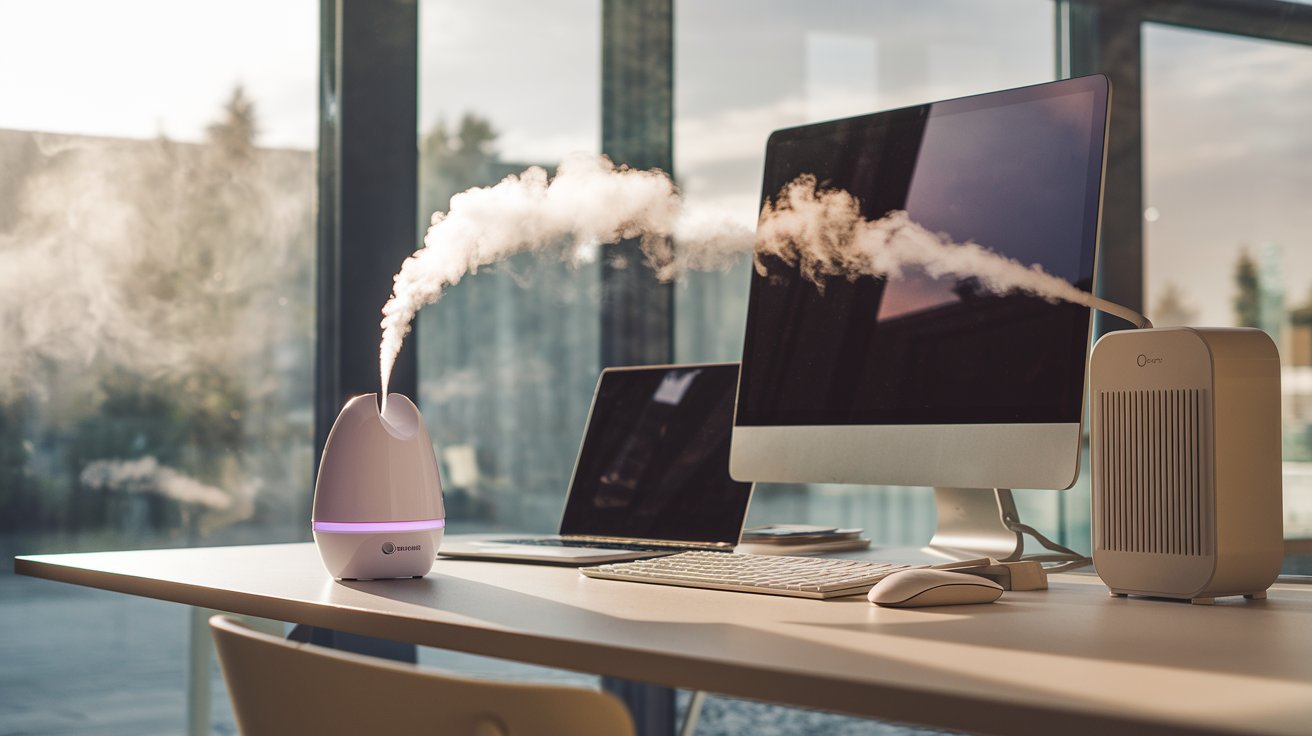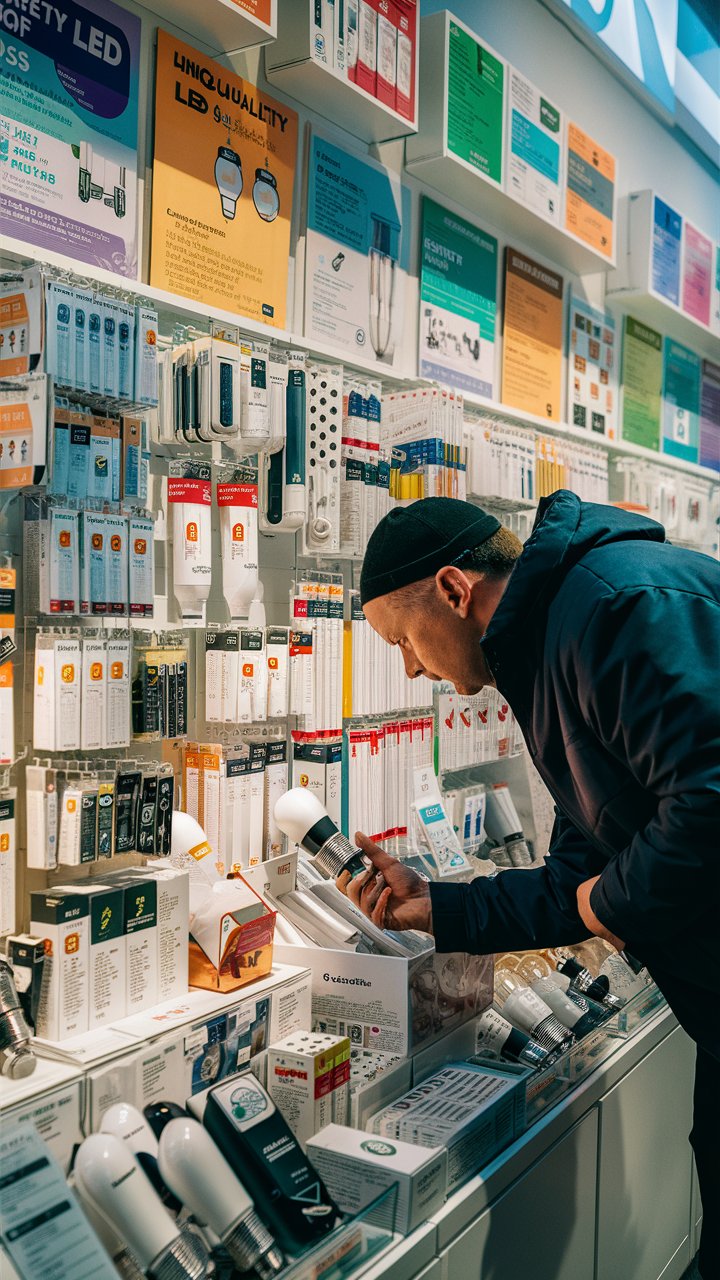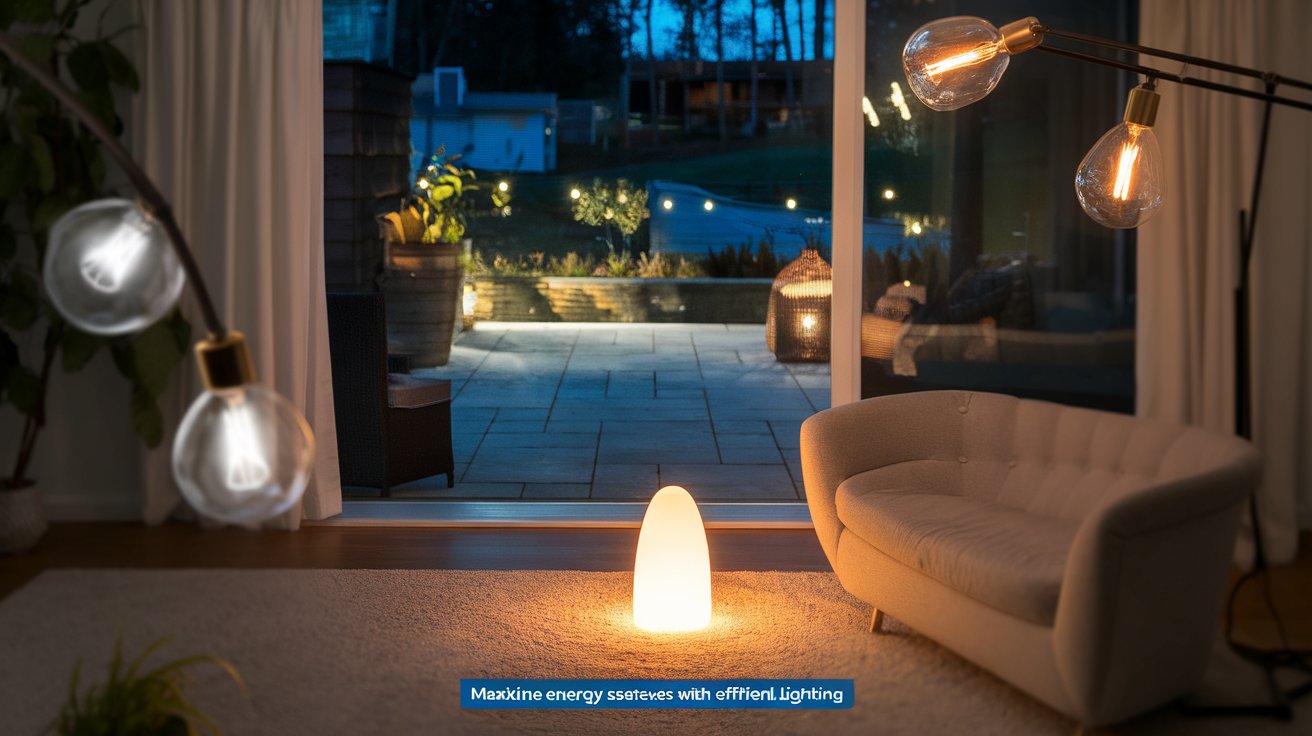Introduction
When it comes to home safety, one question often arises: is it safe to cover led lights? This concern is especially relevant as LED technology becomes increasingly prevalent in our daily lives. The allure of LED lighting is undeniable, given their efficiency and longevity, but proper usage is key to avoiding hazards like overheating and potential fire hazard risks. Covering LED lights, whether using decorative covers or even something as simple as electrical tape, can significantly affect their heat dissipation capabilities. It’s essential to understand the dynamics of how LED lights generate heat and how materials used in covers can influence this.
The safety of covering LED lights hinges on several factors, including the quality of the LED, the type of cover used, and adherence to manufacturer guidelines. LED bulbs are designed to dissipate heat effectively, but adding a cover might restrict this function, leading to higher temperatures and increased fire hazard risks. However, with high-quality LED strips and proper installation, the risks can be minimized. For those opting to enhance their home’s ambiance with covered LEDs, it’s crucial to choose to cover that allow for adequate air to flow and are made from non-flammable materials. Ensuring these conditions can help maintain the brightness and lower temperature operation of LEDs, making them safe to use even when aesthetically concealed.
Key Takeaways
- Covering LED lights can impact their heat dissipation, increasing the risk of overheating and potential fire hazards.
- Quality of LED and the type of cover used are critical in maintaining safety standards and preventing overheating when LEDs are covered.
- Using high-quality LED strips and following proper installation guidelines can minimize safety risks.
- It is crucial to choose covers that allow for adequate air flow and are made of non-flammable materials to ensure LEDs operate at a lower temperature.
- LED technology is favored for its efficiency and safety features compared to traditional bulbs, but covering LEDs requires careful consideration to maintain these advantages.
- Ensuring proper heat management and adherence to manufacturer’s guidelines are essential for safely using covered LEDs.
Understanding LED Technology and Safety Basics
LED lighting technology has revolutionized how we light our homes and workplaces, not just for its energy efficiency but also for its safety benefits. Unlike traditional incandescent or halogen bulbs, LEDs convert electricity into light more effectively, minimizing the heat produced. This inherent characteristic makes LEDs less likely to cause a fire, especially compared to their filament-based counterparts.
Basics of LED Light Production
LEDs operate on a simple yet profound principle: they utilize semiconductors to convert electricity directly into light, which is why they are much more efficient than traditional bulbs. This process, called electroluminescence, results in less energy wasted as heat, meaning LEDs produce less heat overall. By reducing the heat output, LEDs not only save energy but also reduce the risk of overheating and potential fire hazards.
Safety Features of LEDs
LEDs are engineered with safety in mind, incorporating features like heat sinks and quality led manufacturing practices that further mitigate any risks. Heat sinks are particularly crucial as they help dissipate any heat generated by the LED chip, preventing it from building up and causing damage or a fire. The use of non-flammable materials and careful design ensures that LEDs maintain a low heat emission, making them a safer choice in various applications.
Assessing the Risks: Covering LED Lights
Covering LED lights can introduce several risks, primarily due to compromised heat dissipation that might lead to overheating. When LED lights are covered improperly, it restricts airflow and insulation, potentially increasing the temperature around the LED fixture. This heightened temperature can accelerate wear on the components and, in worst cases, pose a fire hazard especially if flammable materials are used.
List of Risks and Safety Measures for Covering LED Lights
Key Risks of Covering LED Lights
Overheating: Covering LED lights can trap heat, leading to higher temperatures around the fixture. This can accelerate wear on the components and potentially cause the LEDs to fail prematurely.
Fire Hazard: Improper covers that block ventilation or are made from flammable materials can significantly increase the risk of fire. Ensuring proper heat dissipation is crucial to prevent overheating that could ignite surrounding materials.
Reduced Efficiency: Covers that do not allow adequate air flow can cause the LED lights to operate less efficiently, leading to increased energy consumption and reduced lifespan.
Preventative Measures
Use Proper Covers: Always use covers specifically designed for LED lights. These covers are made from materials that can withstand higher temperatures and are designed to allow for adequate heat dissipation.
Follow Manufacturer’s Guidelines: Adhering to the manufacturer’s installation and usage instructions can help ensure that the LED lights operate safely and efficiently. This includes not using materials like tape to cover areas that need ventilation.
Regular Maintenance: Periodically check the LED fixtures and covers for any signs of damage or wear. Ensure that there is no build-up of dust or debris that could impede heat dissipation.
Risk Factors When Covering LEDs
One of the main risks when covering LEDs involves the use of poor quality or inappropriate covers that do not allow for sufficient heat escape. Materials that are not designed for high temperatures or that block air flow can lead to overheating. Additionally, incorrect installation of covers or the use of tape to cover areas that require ventilation can drastically increase the risk of short circuits or even fires, making it essential to use cover an led light specifically designed for the purpose.
Preventative Measures
To mitigate the risks associated with covering LED lights, it’s crucial to follow the manufacturer’s guidelines for both the LED product and the cover. Using covers that are designed for use with LEDs and ensuring they are installed properly helps maintain light output and heat dissipation. It’s also important to select the right materials that can withstand the heat produced by LEDs and to check that there is adequate room for heat to escape, ensuring the LEDs operate safely and efficiently.
Comparative Analysis: LED vs. Traditional Lighting Solutions
LED lighting is often compared to traditional lighting solutions like incandescent and halogen bulbs, particularly in terms of safety, heat management, and fire risk. LEDs are lauded for their energy efficiency and lower heat output, which directly contribute to safer operating conditions. This comparison is critical as it highlights the significant advancements in lighting technology and underscores the safety benefits that LEDs offer over traditional options.
Heat Management in Different Light Types
LEDs and traditional bulbs like incandescent bulbs and halogens handle heat very differently. While incandescent bulbs convert a lot of energy into heat rather than light, LEDs generate significantly less heat and are more efficient at converting energy into light. This efficiency not only makes LEDs cooler but also reduces the risks associated with overheating, such as dimming, damage to materials like light fixtures, and the potential for fires, making them a safer choice in applications where heat management is crucial.
Fire Risk Comparison
When comparing fire risks, LEDs demonstrate a clear advantage over traditional lighting solutions. Traditional incandescent and halogen lights operate at higher temperatures, which can pose a greater fire hazard, especially in scenarios where the bulbs are covered or enclosed. LEDs, in contrast, maintain lower surface temperatures and are less likely to become a fire risk. Additionally, due to their lower heat production and effective heat dissipation, LEDs are safer to use in various environments, even those that are damp or wet, further preventing the risk of electrical short circuits and fire.\
The shift to LED lighting has not only transformed energy consumption but also significantly enhanced safety by reducing heat output and mitigating fire risks associated with traditional bulbs.” — Jane Brox, Author of Brilliant: The Evolution of Artificial Light
Best Practices for Using LED Lights Safely
Using LED lights safely involves understanding the proper practices for selection, installation, and usage. With LEDs increasingly becoming the preferred choice for lighting due to their energy efficiency and longevity, it is crucial to follow guidelines that ensure safety and effectiveness. Ensuring that LEDs are used properly not only enhances their performance but also significantly reduces any associated risk of fire and other hazards.
Choosing the Right LED Products
When selecting LED products, it’s essential to opt for high-quality LED lights that have the appropriate safety certifications. These certifications indicate that the LEDs meet rigorous safety standards and are reliable. Additionally, choosing LEDs that are suitable for specific applications—whether for ambient lighting, outdoor use, or dimmable fixtures—can greatly enhance both safety and functionality. Always follow the manufacturer’s guidelines to ensure compatibility and safety.
Installation and Usage Tips
Proper installation is key to safely using LED lights. It’s important to ensure that the LED fixtures are correctly installed with secure fittings and adequate ventilation to prevent overheating. Regular maintenance, such as checking for any damages to light covers or wiring, is crucial. Furthermore, integrating dimmer switches specifically designed for LED use can optimize their efficiency and allow for safer operation. Ensuring these measures can help maintain optimal light distribution and prolong the life of the LEDs.
[lasso rel=”amazon-23″ id=”1954″]
Conclusion
In conclusion, the question is it safe to cover led lights carries several considerations, primarily revolving around safety and efficiency. While LED technology boasts remarkable energy efficiency and durability, covering LED lights with materials that impede heat dissipation can elevate the risk of overheating and potentially catch fire. Therefore, using high-quality LED products that are compatible with covers and ensuring proper air circulation are vital for maintaining safe use.
Further, it is critical to always follow manufacturer’s guidelines when deciding to cover your led lights. Choosing non-flammable materials and fixtures designed for LED use can prevent potential hazards. Additionally, ensure installation adheres to safety standards to help LEDs operate efficiently without compromising light quality or creating a fire hazard. By observing these practices, one can enjoy the benefits of LED lighting while ensuring they remain a safe choice for home and commercial environments.

